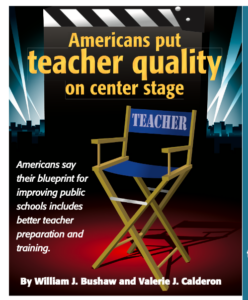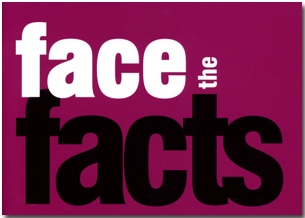The National Science Teachers Association (NSTA) understands that the cultural setting or environment where “accountability” is expected to take place (schools and classrooms) must be a place based on “mutual trust and support.” They laid down “the conditions under which accountability needs to take place.” Here is a summary of their NSTA Accountability declaration. (Best copy available. “Step 1” is wrong because the premise that setting standards and testing for them increases student achievement has been proven not to be true.)
Teachers must FIRST be given:
- The appropriate resources,
- Access to quality educational opportunities,
- The time necessary to develop skills,
- The opportunity to participate in development of accountability measures,
- Information about the plan and timeline for compliance,
- And the opportunity to address accountability issues within a local network.
Let me use Idaho as an example. Voters – the People – rejected a “pay-for-performance” law. In the process, the Idaho legislature ordered a study looking at issues that affect our Idaho teachers and schools. When they looked at teacher preparation (summary, pgs. ix-x), three requests for improvement stood out — all having to do with teacher’s opportunities to learn and resources, some of the same things the students need.
We don’t have to look far for solutions.
But Idaho ignored their own research to continue on the path of standards, testing, and teacher accountability tied to student outcomes (standards-“based” education, outcome-based “reform”). Our whole nation does not have to make that same mistake.
We have an instrument for improvement – federal education law – that was called No Child Left Behind (ESEA). It became the Every Student Succeeds Act (ESSA) in 2015 without fixing what was wrong with NCLB. What must be known is that the Elementary and Secondary Education Act (ESEA) was not intended to be an accountability law. It was to strengthen and improve the education of all those involved with educating children.
Better “public” education will make a better public school system. But before we go putting teacher preparation on center stage, let’s be fair. We need “opportunity to learn” indicators for teacher preparation and continuing education in place FIRST. Measurements matter, right?
Repeatedly, parents have voiced their support for their own child’s teachers and they trust them. Will lawmakers continue to ignore the People’s voice?



